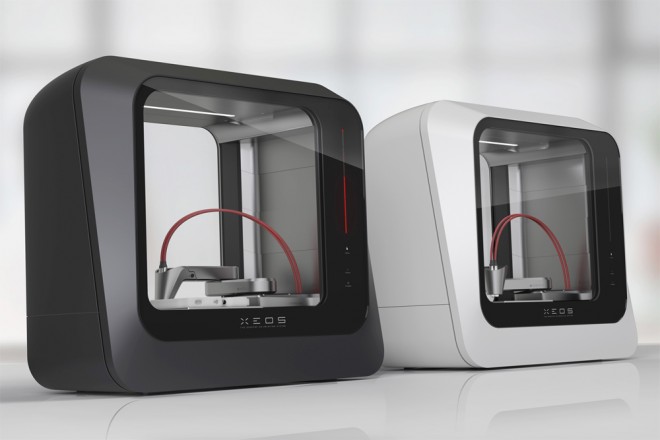Intern Creates Slick 3D Printer Concept
Many interns are known as “gophers” because their job description requires them to do little more than “go for” items. But while some were scurrying around offices fetching papers or coffee for the higher-ups, one intern took a leap outside of the norm to contribute not just to his office, but the greater Maker community.
 Stefan Reichert, a German student interning at a design consultancy in Silicon Valley, had the task of setting up and maintaining the 3D printer in his office. Instead of just doing what he was assigned, he had a greater vision for what that printer could be.
Stefan Reichert, a German student interning at a design consultancy in Silicon Valley, had the task of setting up and maintaining the 3D printer in his office. Instead of just doing what he was assigned, he had a greater vision for what that printer could be.
“During one internship I received a new fused deposition modeling machine that was as big and heavy as a refrigerator,” says Reichert. “The bulky and cheap-looking design of that printer, as well as most all of the 3D printers in the market, contrasted with its expensive price tag.”
So Reichert decided to make a printer that was far more functional for the price. While the office printer printed quality parts, the printer wasn’t appealing. During his internship Reichert studied the 3D printer and made notes on how to improve it. Now, his ideas have become a reality and his Xeos 3D printer concept is award-winning.
When compared to popular 3D printers from MakerBot or Stratasys, the Xeos 3D printer uses the same fused filament fabrication technology. Other than that, the printers vary drastically.
One example from Reichert’s Xeos is its dynamic arm – inspired by semiconductor manufacturing robots. This arm controls the printhead that deposits materials on the build platform.
“In my opinion, this is the best way to reduce the overall footprint of a 3D printer,” says Reichert. “While keeping the build size of printed parts as big as possible.”
The Xeos concept also features a sliding door that provides easy access to the build chamber along with an LED status bar on the front panel. The majority of the other changes on Reichert’s design focus on the industrial design of the printer. There is even a future possibility of using a tablet to control the printer along with tutorials to teach people how to use it.
“In a time where every designer can render a superb image out of KeyShot in minutes, a physical model still stands out and excites!”










